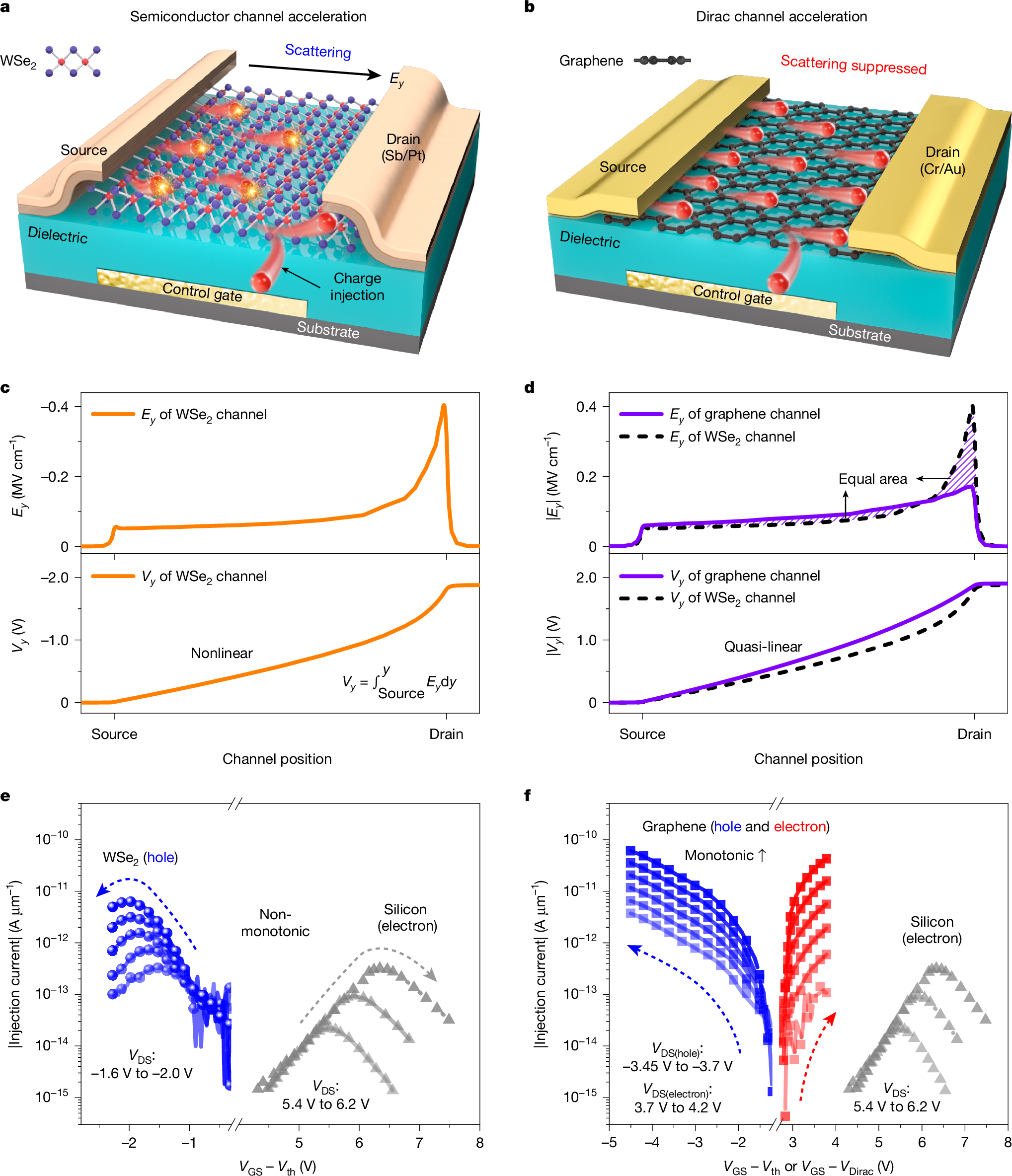2025-04-17 カーディフ大学
<関連情報>
- https://www.cardiff.ac.uk/news/view/2909933-strongest-hints-yet-of-biological-activity-outside-the-solar-system
- https://iopscience.iop.org/article/10.3847/2041-8213/adc1c8
JWST MIRIからK2-18 bの大気中のDMSとDMDSに関する新たな制約が得られる New Constraints on DMS and DMDS in the Atmosphere of K2-18 b from JWST MIRI
Nikku Madhusudhan, Savvas Constantinou, Måns Holmberg, Subhajit Sarkar, Anjali A. A. Piette, and Julianne I. Moses
The Astrophysical Journal Letters Published: 2025 April 17
DOI:10.3847/2041-8213/adc1c8

Abstract
The sub-Neptune frontier has opened a new window into the rich diversity of planetary environments beyond the solar system. The possibility of hycean worlds, with planet-wide oceans and H2-rich atmospheres, significantly expands and accelerates the search for habitable environments elsewhere. Recent JWST transmission spectroscopy of the candidate hycean world K2-18 b in the near-infrared led to the first detections of the carbon-bearing molecules CH4 and CO2 in its atmosphere, with a composition consistent with predictions for hycean conditions. The observations also provided a tentative hint of dimethyl sulfide (DMS), a possible biosignature gas, but the inference was of low statistical significance. We report a mid-infrared transmission spectrum of K2-18 b obtained using the JWST MIRI LRS instrument in the ∼6–12 μm range. The spectrum shows distinct features and is inconsistent with a featureless spectrum at 3.4σ significance compared to our canonical model. We find that the spectrum cannot be explained by most molecules predicted for K2-18 b, with the exception of DMS and dimethyl disulfide (DMDS), also a potential biosignature gas. We report new independent evidence for DMS and/or DMDS in the atmosphere at 3σ significance, with high abundance (≳10 ppmv) of at least one of the two molecules. More observations are needed to increase the robustness of the findings and resolve the degeneracy between DMS and DMDS. The results also highlight the need for additional experimental and theoretical work to determine accurate cross sections of important biosignature gases and identify potential abiotic sources. We discuss the implications of the present findings for the possibility of biological activity on K2-18 b.



